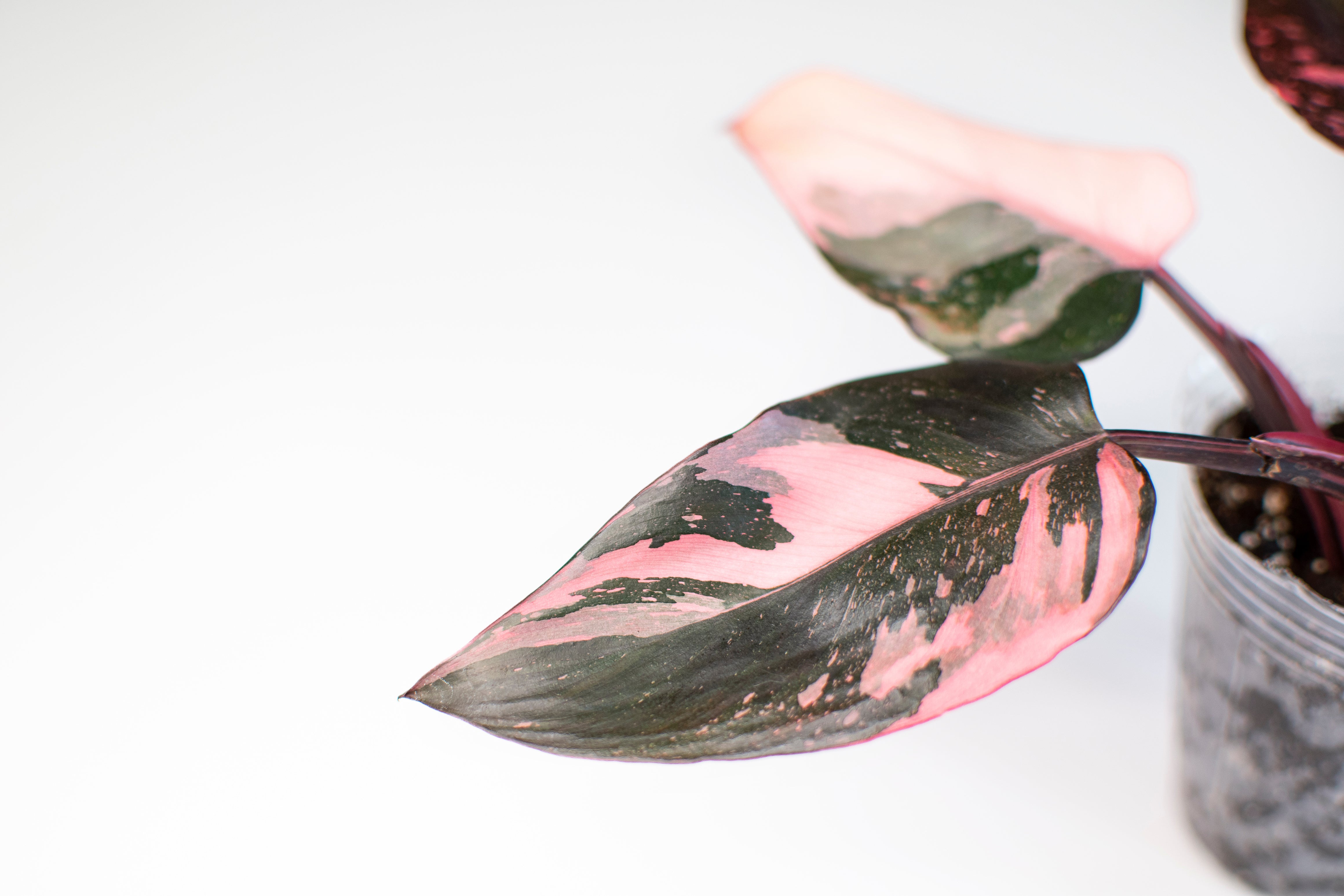Introduction to the Philodendron Pink Princess
The Philodendron Pink Princess, often referred to as the "PPP", is a prized gem in the plant world. Known for its dramatic pink and green leaves, the Pink Princess is a unique and captivating plant. Its high demand and limited supply make it a coveted piece in any rare exotic plants collection.
The Basics of Philodendron Pink Princess Care
At its core, the Pink Princess is a tropical plant, which gives us a clue to the conditions it likes: bright but indirect light, high humidity, and well-draining soil that stays lightly moist.
Light Requirements
The Pink Princess needs a balance of light to maintain its gorgeous variegation. Bright, indirect light is ideal. Direct sunlight can scorch the leaves, causing damage to its beautiful coloration. Too little light and you'll notice slower growth and a decrease in the intensity of its variegation.
Watering Needs
It's vital to keep the soil of the Pink Princess consistently moist but never waterlogged. Too much water can lead to root rot, a deadly condition for most houseplants. On the other hand, allowing the soil to dry out completely can stress the plant, leading to leaf drop and wilting.
Humidity Requirements
As a tropical plant, the Pink Princess thrives in humid environments. A humidity level above 60% is ideal. You can increase humidity by placing a tray of water near the plant, using a humidifier, grouping plants together, or frequent misting.
Fertilizer and Soil Needs
@houseplantsubscription Houseplant Repot - Pink Princess Philodendron #pinkprincess #pinkprincessphilodendron #houseplant #houseplants #houseplantsoftiktok #repot #indoorgardening ♬ Chillest in the Room
Philodendron Pink Princess appreciates nutrient-rich, well-draining soil. A mix of peat, perlite, and vermiculite works well. As for feeding, a balanced houseplant fertilizer applied monthly during the growing season will suffice.
Propagation Techniques
Propagating the Pink Princess is not for the faint-hearted. This plant is typically propagated by stem cuttings. It's crucial to ensure that each cutting has at least one node as this is where the new growth will emerge from. The cutting should be placed in a humid environment until it roots.
Pruning and Repotting
Pruning helps to control the size of your Pink Princess and encourage bushier growth. Cut just above a leaf node and new growth will sprout from this point. When it comes to repotting, spring is the best time. Choose a pot that's 1-2 inches larger than the current one, and always use fresh, well-draining potting mix.
Potential Issues
The main threats to the Pink Princess are pests and diseases. Common pests include aphids, mealybugs, and spider mites. Regular inspection and immediate treatment can prevent a minor pest issue from turning into a major one. Overwatering can lead to root rot, so always check the soil before watering.
Conclusion
The Philodendron Pink Princess is a beautiful and challenging plant. However, with the right knowledge and consistent care, it can thrive in your indoor space, providing a striking splash of color and a sense of accomplishment.






